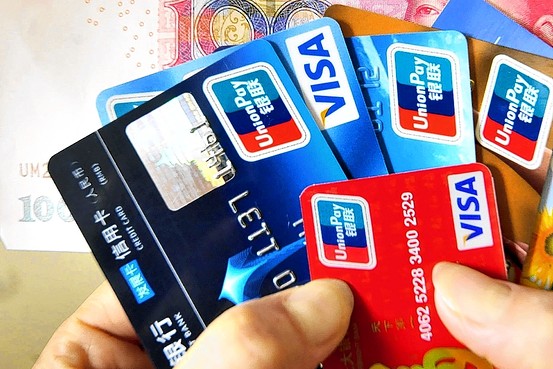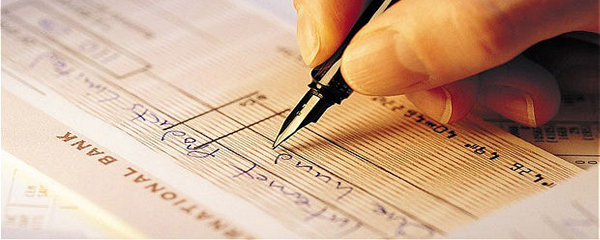31
May 2015
How to Pay your Chinese Supplier?
Different payment methods in China
The questions a new importer faces are always: “How to pay my Chinese Supplier?” and “What is the safest way to pay?”
In this post, I briefly introduce two different payment methods that are the most common ones among importers, as well as their popularity, risk and acceptability. There are a lot of articles written about other payment methods and their differences. For example SourceJuice introduces various options for paying a Chinese supplier, and describes the risks of each.

1. Telegraphic Transfer (TT)/ International Wire Transfer
This is probably the oldest payment method in international trade and the most popular especially for low to medium end transactions. Normally an advance payment is sent before production and the balance as per the payment terms. The main risk for the importer is losing the advance in case things go wrong.
Payment Risk for Supplier:
Buyer paying the deposit & later losing interest in the order or being unable to pay the balance due to other factors, for e.g. bankruptcy. If the product is a standard commonly sold product, the seller can often shift the stock to other buyers. In case of a unique product, the seller could be stuck. That is one reason, why for customised/unique products, suppliers (or at least smart suppliers) tend to ask for higher deposit.
Acceptance by Suppliers:
Most popular payment method.
T/T Payment process:
1. Deposit payment (30%)
2. Production starts
3. Production completion
4. Quality Inspection / Compliance testing
5. Buyer approves batch
6. Delivery to the Port of Loading (e.g. Shanghai)
7. Bill of Lading Scan Copy provided
8. Loading & Shipment
9. Balance payment (70%)
10. Seller sends original Bill of Lading and other freight documents (required to release cargo in
Port of Destination)

2. Letter of Credit
“Letter of Credit” is probably the most secured payment method out there, at least in terms of “Payment Risk” and also a popular option for transactions exceeding $50,000. However, LC’s are not always feasible for small importers, due to
- 1. Exorbitant Bank Charges
- 2. Complex procedures & paperwork. LC’s can be difficult to understand initially and it is advisable to use a Certified Documentary Credit Specialist for consultation and compliance at least for your first couple of transactions. Once you grasp the concepts, everything becomes a lot simpler.
- 3. Small & many medium-end factories (who tend to have attractive prices) are not always comfortable with LC’s due to the complexity & language barrier.
One benefit of using a Letter of Credit is that it opens up a lot of “financing options” but that is a whole post in itself.
Acceptance by Suppliers:
Acceptance is good among large and some medium sized companies as well as trading companies (Especially foreign owned trading companies). Small manufacturers, workshop factories or small Chinese trading companies are still not comfortable with Letters of credits.
L/C Payment process:
1. The seller and buyer sign a Sale Agreement that states the conditions that must be fulfilled before the payment shall be released
2. The buyer contacts its local bank and applies for an L/C
3. The buyer’s bank contacts the seller’s bank (in China) and presents the Letter of Credit
4. The sellers bank contact the seller and presents a payment advice
5. Production starts
6. Production completed
7. Quality Inspection & Product Testing
8. Delivery to the Port of Loading and Shipment
9. The provides the required documentation to their local bank (e.g. Quality Inspection Report, Test Report and Freight Documents)
10. The funds are released, if the conditions are fulfilled (i.e. the right documents are presented)

When importing from China or from any country for that matter, there is no “Best” Payment Method. Finally, the choice of method depends on several factors, with the most important being the amount of payment.
How about you: What payment method is the most suitable for your business?
Original source: The Sourcing Blog
See more at: sbeintl.com and sbeinspection.com































